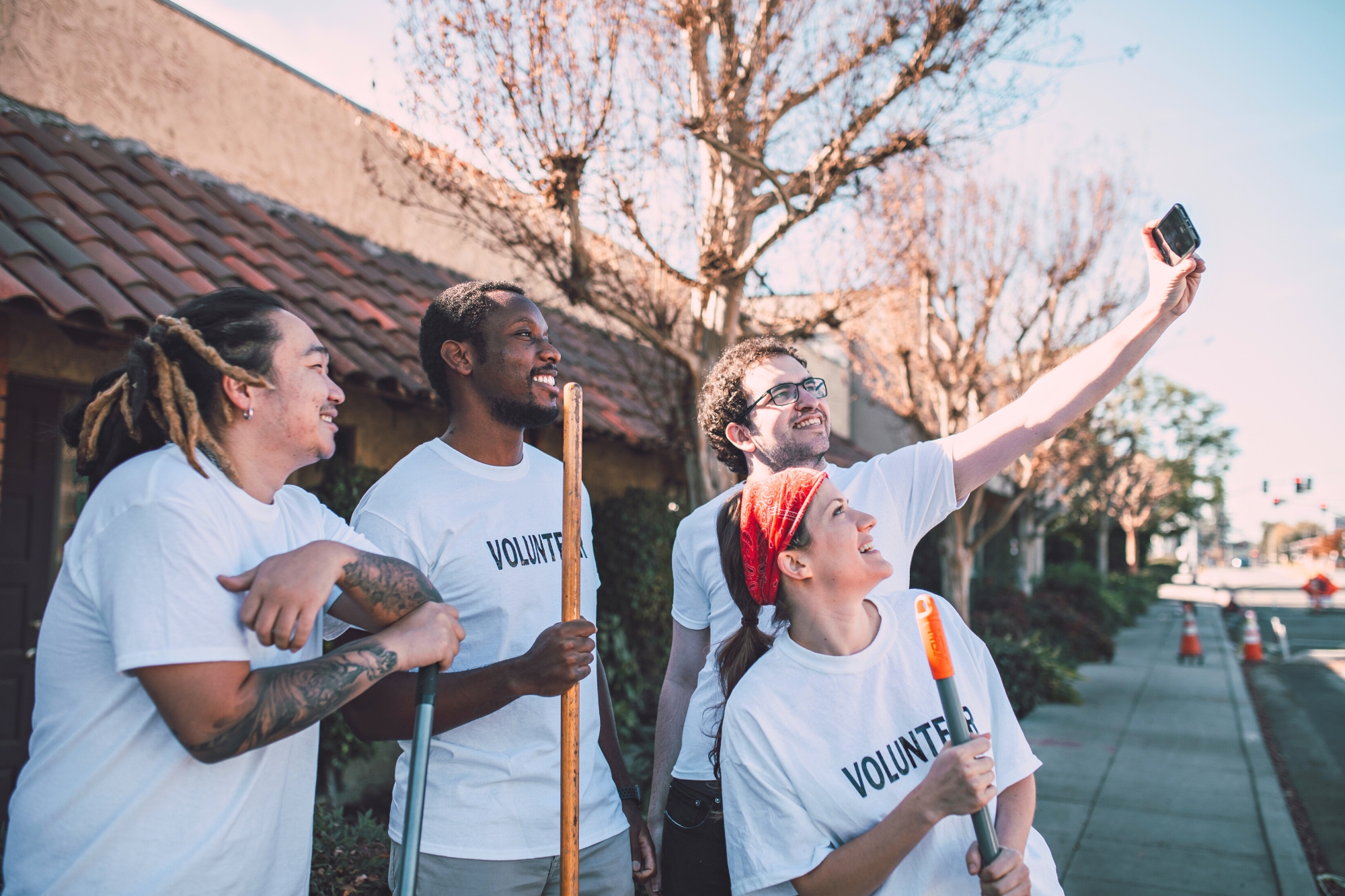6 Ways To Connect With Your High-Impact Donors
Good communication is essential for any organization, but it’s especially important for nonprofits that rely heavily on communication to achieve their goals. Without consistent communication, donors may not understand what the organization is doing or why they need donations. Volunteers may not know what tasks they are assigned, or how they can help. And the general public might not even be aware of the work that the nonprofit is doing.
You can connect with donors through social media, email campaigns, direct mail, or at events. But no matter the communication method you use to connect with potential donors, it’s important to make sure your message is clear and consistent.
Here are six tips for connecting with your high-impact donors:
1. Thank your donors
When it comes to donor connections, thanking your donors is key. Surprisingly, nonprofits don’t always take the time to thank donors. Thanking them for their support helps to build a long-lasting relationship of trust and strengthens the connection between the donor and the nonprofit. It also shows that you appreciate their contributions and are grateful for their support.
Remember, a gift receipt is a tax record, not an expression of gratitude. Send thank-you letters or cards within days of a donation. Letters and cards are more personal and should be lively, engaging, and personal. Create an automated system to send them to simplify the process and make sure donors are thanked promptly.
2. Keep them updated on your work
One of the best ways to keep donors connected to your nonprofit is by filling them in on how their donations are being used. By sharing information about the impact of their donations, donors can see firsthand how their contributions are truly making a difference.
Sharing stories is a great way to show donors the impact of their contributions. These stories can help donors connect with your work and see the real-world effect of their donations. And when donors feel connected to your work, they’re more likely to continue supporting you in the future.
Does your nonprofit send kids to camp? Send them a short video of happy campers learning to swim. Does your organization help single mothers find jobs? Send a photo of one of your clients, arriving at her new workplace. Does your nonprofit provide dental services to the underprivileged? Provide an e-card that shows a smiling recipient of your services. You can use all sorts of media for your messages like an e-newsletter with links to videos, a traditional newsletter with lots of photos and information about your programs, or online slide show e-cards.
3. Recognize your donors
Donors are the lifeblood of any nonprofit organization, so it’s important to recognize and appreciate them for their support. When donors feel appreciated, they’re more likely to continue supporting your organization in the future. Thank your major donors publicly. Recognize them on your website or in your newsletter. Send out news releases about their gift and describe the difference it has made in your organization. Create a donor recognition wall or start a major donor club. Make note of achievements in major donors’ personal and professional lives. Send a note when they get a new job, welcome a new child or grandchild, or celebrate a birthday or anniversary. Regardless of how you recognize your high-impact donors, be sure to do it promptly.
4. Survey your donors
The best communication goes both ways. Ask your major donors to give you feedback through a quick survey (make sure it is brief to encourage participation). Design a survey that helps you get a general sense of how they feel about what you do, learn more about who they really are, and possible needs for improvement within your organization. We encourage using donor surveys for developing stronger relationships so that you can better understand which communication styles work best when it comes to different types of conversations. After you gather the results, you can fine-tune your communication style. Your donors will appreciate knowing that you value their opinion, and they might just have some helpful suggestions or advice.
5. Invite your donors
One way to show your appreciation is to invite them to events. Events are a great way to give donors a behind-the-scenes look at your work and show them how their donations are making a difference. They’re also a great opportunity for donors to network with other supporters and learn more about your endeavors.
There’s nothing like a shared experience to cement a relationship. Invite donors to a planned event or plan an event specifically for them. How about a group tour of your operation followed by a reception or a meal? Or offer them a seat at the table during a board meeting. Does your organization have fundraisers? Make sure your major donors get a special invitation.
No matter what type of event you choose to host, make sure it is well organized and runs smoothly. By taking the time to show your gratitude, you can build a stronger relationship with your high-impact donors and keep them coming back for years to come.
6. Thank your donors, again
Thank you is a phrase that rarely grows old. A personal note from a board member, a letter of gratitude from a beneficiary of your organization, or even a phone call from the executive director will be remembered when donation time comes around again.
The 2022 Nonprofit Communications Trends Report shares that most nonprofits only use direct mail only once or twice a year. Here at Bluegrass, we know direct mail is one of the most effective ways to communicate with donors and it has an open rate that greatly exceeds that of email. Researcher Roger Dooley states that direct mail utilizes “21% less cognitive effort” than digital messages. So, every few months, send a mail piece that reminds your high-impact donors that they, and their gifts, are valued. Most donors say that when they are thanked and told how their gift helped a cause, they are happy to give again.
Interested in how Bluegrass can help?
See what we can do.
You may also like...





